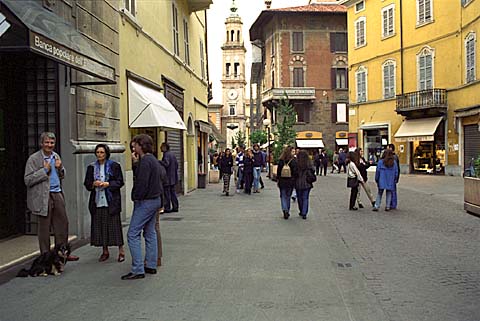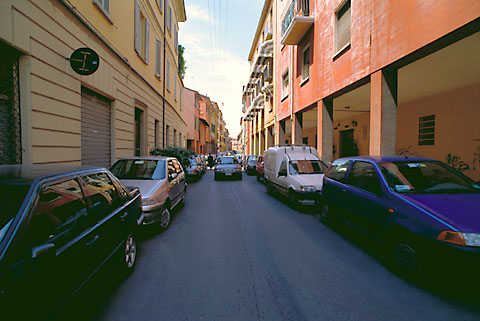In my
Fall 2008 Development Ventures class at MIT, I was pleased to have several plans spotlighting urban innovations and especially tackling the challenges of boom cities. The
PANAH Network plan especially stood out as it sought to support in-migrants to big cities -- first in Pakistan and soon elsewhere in South Asia, ASEAN, MENACA, and Africa -- but all through entrepreneurship and commercial means. They learned some lessons from past MIT $100K Entrepreneurship Competition D-Track winner
CentroMigrante founded by Filipino Illac Diaz. And last year in Development Ventures we had the
Essential Manpower venture proposing a next-generation employment agency for the GCC market. And
Remesatel, a Development Ventures alum from several years ago, was centrally about enabling migrant remittances at lower transaction cost. There's tremendous need and growing opportunity here especially since migration pressures have never been higher with urbanization at record rates and several billion people expected to migrate to cities over the next few decades.
But in the short-term things are extremely stressful for migrants. The FT writes in a photoessay that
Dubai’s 3m migrant workers feel the impact of the credit crunch where many have "been told to either take a nearly 40 per cent pay cut or be sacked, so many have chosen to go home."

And Sabrina Tavernise writes in the NYTimes how
Cash Flow From Tajik Migrants Stalls...
"The financial crisis that is in full swing in the world’s developed countries is only beginning to reach the poorest, and labor migrants, with feet in both worlds, are among the first to feel it. Flows of migrant money to developing countries, known as remittances, began to slow this fall, the first moderation after years of double-digit growth, according to the World Bank. The slowdown is expected to turn into a decline of 1 to 5 percent in 2009, when the full effect of the crisis hits. Some are already feeling it. Mexico, for example, is likely to have a 4 percent decline in the flows of migrant money in 2008, according to World Bank estimates. The biggest declines next year are expected in the Middle East and North Africa, because of economic slowdowns in the Persian Gulf and Europe."
Above and beyond the economic pressures, Carlos Conde in the IHT/Globe writes how
Filipino migrant work exacts toll on children left behind. These migrants are really modern-day heroes who take on tremendous risks and burdens to ensure a better life for themselves and their loved ones. We need to support such
ambitious aspirants in as many ways possible, including through the kinds of Development Ventures my students are forming -- but especially through proper civic and governmental policies and practices to actually protect their human rights as citizens of Planet Earth and not merely one nationality.

 Rick Merritt writes in the EE Times that DARPA chief reviews legacy: Critics call for new direction at $3 billion agency pointing out disagreements with Defense Advanced Research Projects Agency (DARPA) Director Tony Tether about funding directions and priorities. Point...
Rick Merritt writes in the EE Times that DARPA chief reviews legacy: Critics call for new direction at $3 billion agency pointing out disagreements with Defense Advanced Research Projects Agency (DARPA) Director Tony Tether about funding directions and priorities. Point... 



















































